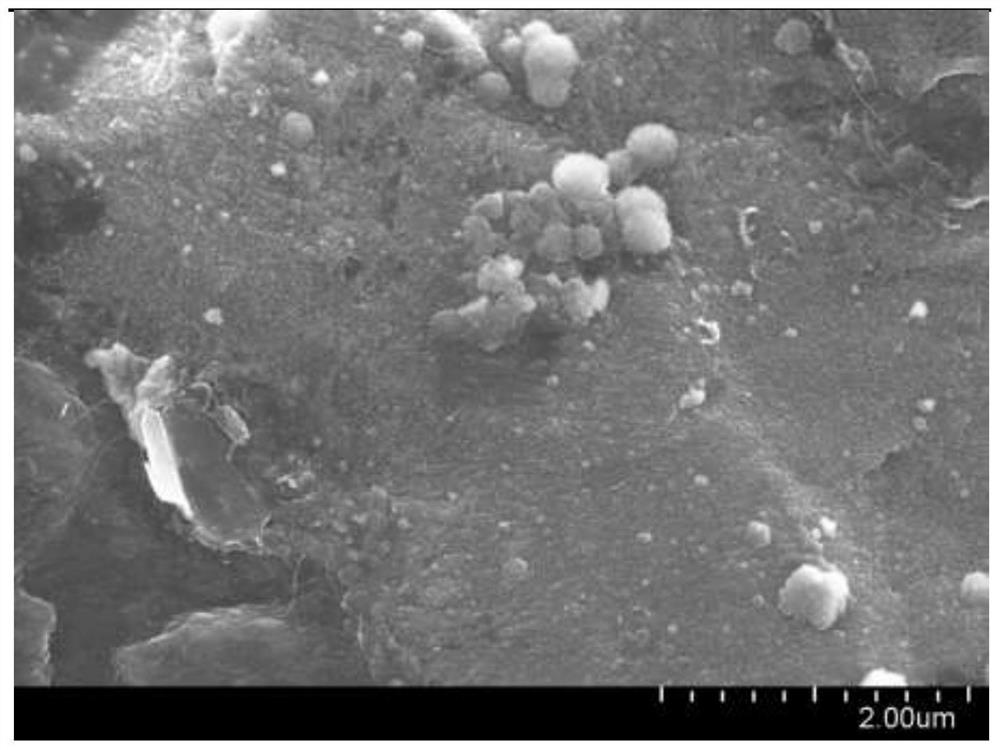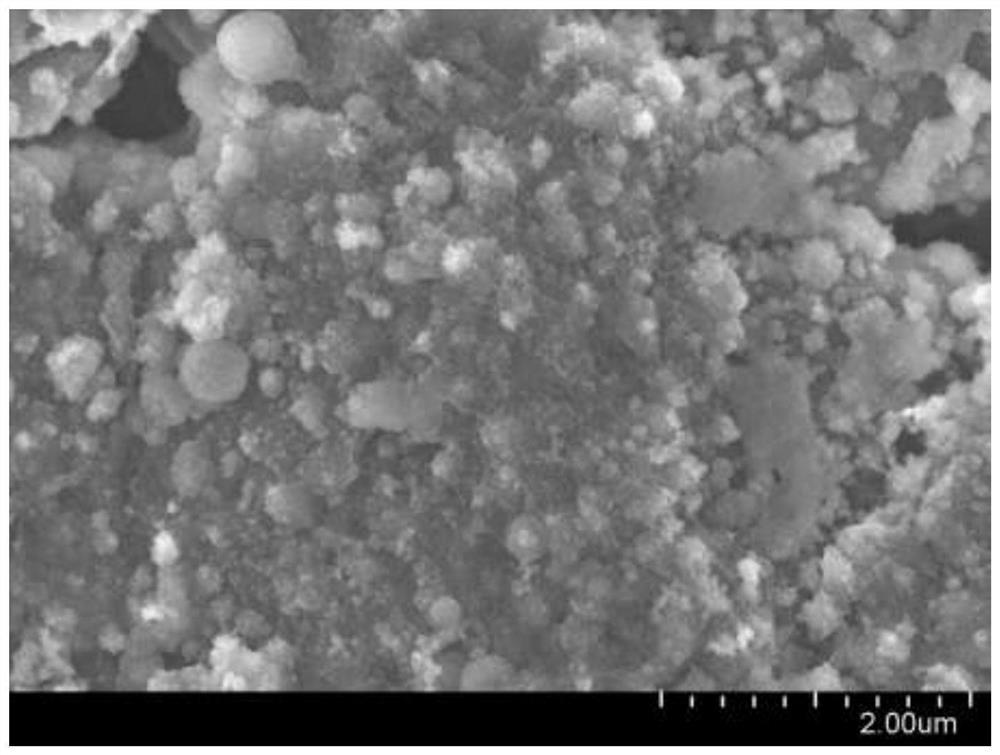A silicon-containing high-energy-density lithium-ion battery
A high-energy density, lithium-ion battery technology, applied in the field of lithium-ion batteries, can solve the problems of reducing the mobility of lithium ions in the electrolyte, increasing the viscosity of the electrolyte, reducing the activity of lithium ions, etc. Increases and suppresses the effect of further decomposition
- Summary
- Abstract
- Description
- Claims
- Application Information
AI Technical Summary
Problems solved by technology
Method used
Image
Examples
preparation example Construction
[0048] The preparation of pure silicon anode lithium-ion battery mainly includes the following steps:
[0049] Preparation of positive electrode sheet: the mass percentage of mixed positive electrode active material, conductive agent and binder is 97.5:1:1.5, of which the positive electrode active material is LiCoO 2 , the specific preparation process is as follows: Weigh LiCoO in proportion 2 The positive electrode material, conductive carbon black and polyvinylidene fluoride (PVDF) binder powder are pre-mixed in a material tank for 30 minutes using a double planetary mixer, and then N-methylpyrrolidone (NMP) is added as a solvent and stirred at high speed After 60 minutes, a viscous positive electrode slurry was obtained, which was evenly coated on the aluminum foil, dried and rolled, and then the pole piece was punched into small pieces with a size of 52*75mm.
[0050] Preparation of negative electrode sheet: the mass percentage of negative electrode active material, condu...
Embodiment 1
[0053] Take 21.6g of EMC and 11.0g of FEC, mix them uniformly and dissolve 19.4g of LiFSI in them, then add 48.0g of TTE and stir them uniformly. After the obtained electrolyte is injected into the above-mentioned pure silicon negative electrode lithium ion battery, subsequent battery preparation and testing processes are performed.
[0054] Take a battery and discharge it to 2.75V after the 50-week cycle. After dismantling, take out the negative pole piece, wash it three times with DMC, and then vacuum dry it. Observe the SEI film on the surface of the pole piece under an electron microscope. figure 1 As shown in the figure, it can be observed that the SEI film formed on the surface of the negative electrode is thin and very dense.
Embodiment 2
[0056] Take 17.4g of EMC and 8.9g of FEC, mix them evenly and dissolve 15.6g of LiFSI in them, then add 58.1g of TTE and stir them evenly. After the obtained electrolyte is injected into the above-mentioned pure silicon negative electrode lithium ion battery, subsequent battery preparation and testing processes are performed.
PUM
 Login to View More
Login to View More Abstract
Description
Claims
Application Information
 Login to View More
Login to View More - R&D
- Intellectual Property
- Life Sciences
- Materials
- Tech Scout
- Unparalleled Data Quality
- Higher Quality Content
- 60% Fewer Hallucinations
Browse by: Latest US Patents, China's latest patents, Technical Efficacy Thesaurus, Application Domain, Technology Topic, Popular Technical Reports.
© 2025 PatSnap. All rights reserved.Legal|Privacy policy|Modern Slavery Act Transparency Statement|Sitemap|About US| Contact US: help@patsnap.com



